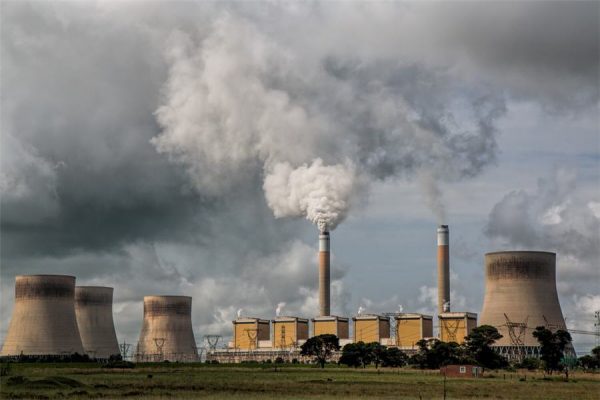South Africa’s struggling state power firm Eskom may need more bailouts from government to survive, after the country’s energy regulator on Thursday granted it smaller tariff hikes than the utility had wanted.
Eskom supplies more than 90 percent of the power in Africa’s most industrialised economy. But it is grappling with cashflow problems, breakdowns at its creaking coal-fired power station fleet and a 420 billion rand ($29 billion) debt burden.
There will have to be painful reform for Eskom, and that will have to come from either higher tariffs or the government increasing its expenditure
The government last month promised Eskom a bailout of 69 billion rand over the next three years, but that is insufficient to cover the revenue shortfalls which will result from the tariff hikes granted by regulator Nersa on Thursday.
Nersa tried to partly shield South African consumers from Eskom’s financial woes, shifting the burden onto government.
“There will have to be painful reform for Eskom, and that will have to come from either higher tariffs or the government increasing its expenditure,” William Jackson at Capital Economics said.
“The government will probably have to raise its funding.”
Nersa granted Eskom average tariff increases of 9.4 percent, 8.1 percent and 5.2 percent over the next three years, far below the 17.1 percent, 15.4 percent and 15.5 percent Eskom said it needed last month.
The regulator also allowed Eskom to recover 3.9 billion rand from customers for electricity supplied in the 2017/18 financial year, but it has not yet decided when that recovery will happen.
Nersa had already granted Eskom a roughly 4 percent tariff increase in 2019/20 as part of an earlier cost recovery application, so the effective tariff increase felt by South Africans in 2019/20 will be over 13 percent.
The exact size of the tariff increases in 2020/21 and 2021/22 has not yet been decided, as it will depend on how the latest cost recovery award will be phased in. But all of the awards are significantly above current inflation, which is running around 4 percent.
Eskom’s dollar bonds gained as some investors had feared Nersa would award even smaller tariff increases.
Nersa disallowed around 100 billion rand of revenue Eskom sought over the three years from 2019/20 to 2021/22, leaving the company with a shortfall of more than 30 billion rand when the recent government bailout is factored in.
“The Eskom board will deliberate further before deciding on how best to address the shortfall,” Eskom said in a statement.
Balancing act
In a presentation last month, Eskom forecast a loss of around 20 billion rand in the 2019/20 financial year even if it got the tariff award it sought.
An Eskom official who asked not to be named said that loss would now probably now be larger and the government bailout would have to be topped up.
Nersa tries to balance the interests of Eskom against those of consumers and investors when it decides every few years how much revenue Eskom should earn from electricity tariffs, based on forecasts of Eskom’s sales and costs.
Large South African businesses and trade unions vigorously oppose Eskom’s efforts to raise power tariffs.
“South African consumers can’t afford this tariff increase, and more families will be plunged deeper into debt and poverty,” labour union federation COSATU said in a statement.
A business lobby group said Nersa’s tariff award could exacerbate Eskom’s “death spiral” whereby higher power tariffs drive more of its clients to seek alternative power sources.
The country’s mining body said the latest tariff increases would jeopardise the viability of some marginal mines and accelerate job losses at energy-intensive operations._Reuters
.png)




